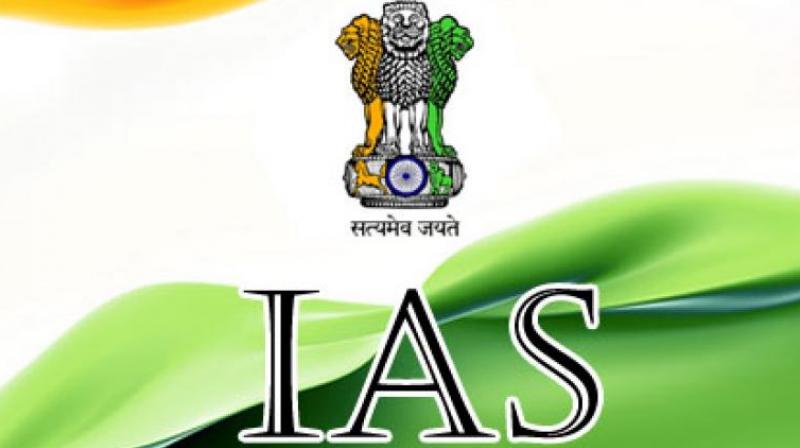Dilli Ka Babu: Rise of the non-IAS babus
The most recent example is the naming of 10 new joint secretaries last month, of which five are from the non-IAS services.

If there was a single notable trend in 2017, it was the inroads made by non-IAS officers in positions traditionally considered the turf of the heaven-born. Going by the liberal sprinkling of non-IAS officers at the joint secretary level, it does appear as if the supremacy of the IAS, who for decades considered themselves a cut above the rest of the All India services, is under threat. In March 2017, the government named 16 new joint secretaries in key ministries and departments, including the ministry of home affairs and the department of financial services. Ten of these officers were from services like Indian Forest Service (IFoS), Central Secretariat Service (CSS), Indian Postal Service (IPoS) and Indian Railway Accounts Service (IRAS).
For example, Vinod Kumar Tiwari, a 1986 batch Himachal Pradesh cadre IFoS officer, was appointed as joint secretary in the ministry of tribal affairs in place of Manoj K. Pingua, a 1994 batch Chhattisgarh cadre IAS and Ms Vandita Kaul, a 1989 batch Indian Postal Service (IPoS) officer was made the new joint secretary in the department of financial services in place of A.V. Patil, a 1998 batch Tamil Nadu cadre lAS officer. This was not the odd blip but a precursor to similar appointments. In June, when 21 new joint secretaries were appointed, only four belonged to the IAS. The government made it clear that an officer’s specialisation had no bearing so far as the appointment of the joint secretaries were concerned.
Thus, income tax officer Vipin Chandra (1987 batch IRS-IT) was made the joint secretary in the ministry of earth sciences and Prasanta Kumar Swain, a 1987 batch Indian Postal Service officer, was appointed joint secretary in the department of agriculture, cooperation and farmers' welfare, replacing an IAS Shakil P. Ahammed. Then, in another series of joint secretary appointments in November 2017, 10 of the 20 new joint secretary positions were bagged by the babus from Indian Ordnance Factories Service (IOFS), IRAS, Indian Railway Personnel Service (IRPS), Indian Economic Service (IES) and Indian Defence Estates Service (IDES). Dharma Reddy Alia, a 1991 batch IDES, was made joint secretary in the ministry of home affairs (MHA) replacing Nagaland cadre IAS, V. Shashank Shekhar.
Also, forest service officer Sanjay Kumar Sinha was appointed joint secretary in the department of higher education. The most recent example is the naming of 10 new joint secretaries last month, of which five are from the non-IAS services. They include Amit Mehta (IoFS), K.K. Aggarwal (IRSE), Sanjay Upreti (IRAS), Gopal Krishna Gupta (IRSME) and Sudhir Garg (IRSEE). Sources say that the government has been encouraging such appointments after seeing the reluctance of many state governments to send their IAS babus to the Centre on deputation.
Apparently, there are only five IAS officers of the Chhattisgarh cadre in the capital, though the state’s quota is 31 officers. Similarly, 11 IAS officers of West Bengal cadre are serving in Central deputation whereas the number should have been 56. Whatever may be the reason behind the reluctance of IAS officers to serve at the Centre, it has created space for non-IAS officers to fill the gap. And not just non-IAS officers, the government is increasingly open to hiring specialists from outside bureaucracy to design and implement its key programmes. The “heaven-born” have all reasons to be increasingly nervous about the increased intrusions into their turf. Will they try to reclaim lost ground, the coming months will reveal.

